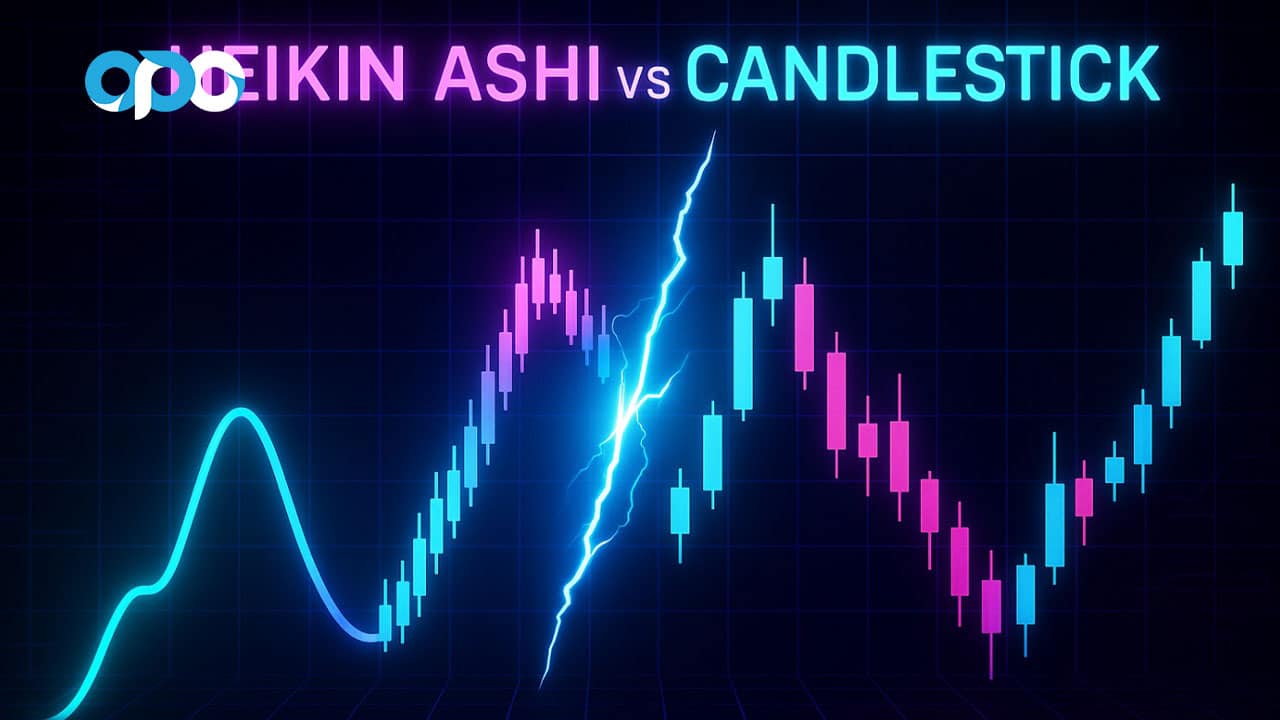Accounts
Trade with standard conditions for all experience levels
Access deep liquidity and tighter spreads for fast trades
Professional-grade ECN with lower spreads for expert traders
Copy top traders or share strategies with the community
Boost your trading with funded accounts
Advanced ECN with cTrader platform for fast execution
Upgraded ECN features for high-volume and active traders
Easily copy successful traders on the cTrader platform
Compare account features to find the right trading option
Explore deposit and withdrawal options for your transactions
Trading
Classic platform with fast execution and essential tools
Multi-asset platform with advanced features for smooth trading
Innovative platform with powerful tools and charting features
Compare trading Platforms to find the best fit for you.
Access TradingView’s charts, real-time data, and tools, all in one platform.
Grow
Copy and follow top traders for proven strategies
Join our partnership program to expand your trading opportunities
Trade with funded accounts and increase your profit potential
Use our app for quick, efficient, and accessible trading tools
About
Our promise of compliance and fund security
Access agreements that support transparent trading operations.
Access our dedicated support for any assistance










